Plane tragedy with 179 dead: South Korea declares national mourning, Jeju Air makes commitment
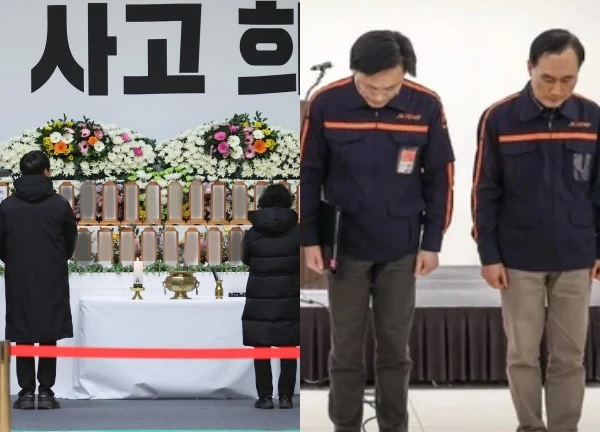
1 | 1 Discuss | Share
The Jeju Air plane crash in South Korea has seen a new development, with a key part of the flight data recorder (FDR) missing. This could slow down the investigation.
A device that could help shed light on the cause of South Korea’s deadliest plane crash is missing a key part, investigators said on December 31, potentially delaying the current investigation, the SCMP reported.
The flight data recorder (FDR), which monitors parameters such as altitude and airspeed among others, was one of two "black boxes" recovered by South Korean investigators from the wreckage of the Jeju Air plane that exploded at Muan International Airport on the morning of December 29.
A senior official from the South Korean Ministry of Transport said the FDR of the Boeing 737-800 lost a connection between the data storage unit and the UPS.
"Experts are working hard to find a way to recover data inside the device," South Korea's vice transport minister in charge of civil aviation Joo Jong-wan said at a press conference on December 31, adding that the agency is trying to resolve the issue "as soon as possible" but did not specify how long it would take.
South Korean authorities have also collected evidence in the form of the cockpit voice recorder (CVR), which records radio signals and the pilot’s voice as well as engine noise. The two devices will be examined by a joint investigation team, including representatives of the US aviation authority and officials from Boeing, the manufacturer of the 737-800.
Inspections of all 101 B737-800 aircraft operated by Korean airlines are also expected to be completed by January 3. The airport will remain closed until January 7.
Also on December 31, the South Korean government began returning the bodies of victims of the Jeju Air Boeing 737-800 crash to their families. To date, authorities have identified 174 of the 179 people who died.
At a press conference with the victims' families at Muan International Airport, 288 kilometers south of Seoul, the Ministry of Land, Infrastructure and Transport said it was still working to identify the remaining five victims by deploying additional personnel and rapid DNA analysis machines.
At around 9:00 a.m. on December 29 (local time), a Jeju Air Boeing 737-800 carrying 175 passengers and 6 crew members skidded off the runway after making an emergency landing at Muan International Airport, most of them South Koreans returning home from a Christmas holiday in Thailand.
The plane's landing gear failed to deploy, causing the aircraft to skid across the runway, hit a fence and burst into flames. It was South Korea's worst aviation disaster and the world's deadliest since the 2018 crash of Lion Air Flight 610, which killed all 189 people on board.
On December 30, Jeju Air flight 7C101 departed from Gimpo International Airport to Jeju at 6:37 a.m. (local time) and suddenly experienced a landing gear failure shortly after takeoff. The airline informed 161 passengers of a mechanical failure due to the landing gear failure and then returned to Gimpo at 7:25 a.m.
Landing gear is an essential equipment directly related to flight safety, ensuring safe takeoff and landing. At the same time, it helps to minimize the impact in case of emergency landing. Currently, Jeju Air is operating 39 Boeing 737-800 aircraft in its fleet of 41 aircraft.
Jeju Air plane crash: Cause not collision with bird, is there something fishy? 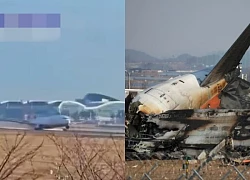 Tuyết Ngọc20:28:12 30/12/2024After the tragedy, many different theories were put forward to explain the real cause of the accident that took 179 away forever. However, there are still things that cannot be explained.
Tuyết Ngọc20:28:12 30/12/2024After the tragedy, many different theories were put forward to explain the real cause of the accident that took 179 away forever. However, there are still things that cannot be explained.

1 | 1 Discuss | Share
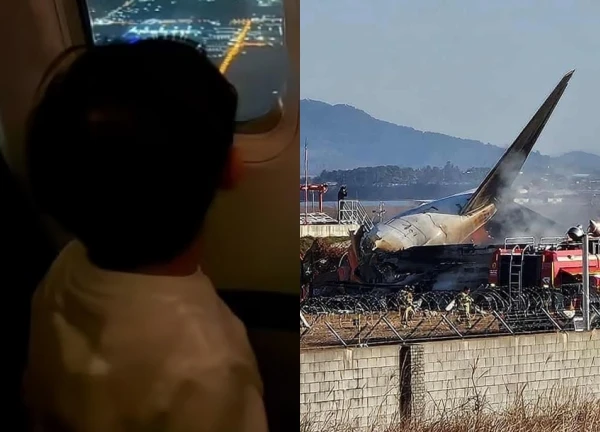
1 | 1 Discuss | Share
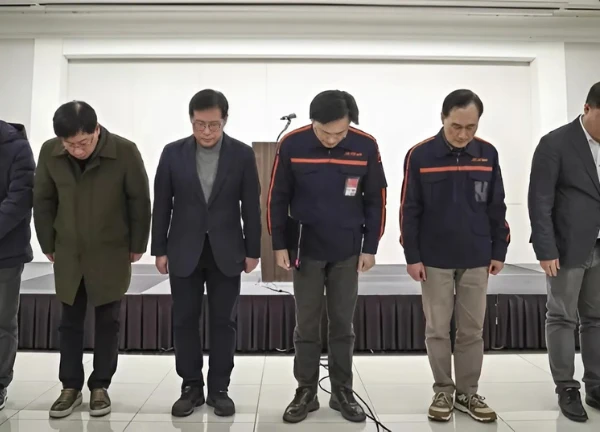
2 | 0 Discuss | Share

4 | 0 Discuss | Share

0 | 1 Discuss | Share
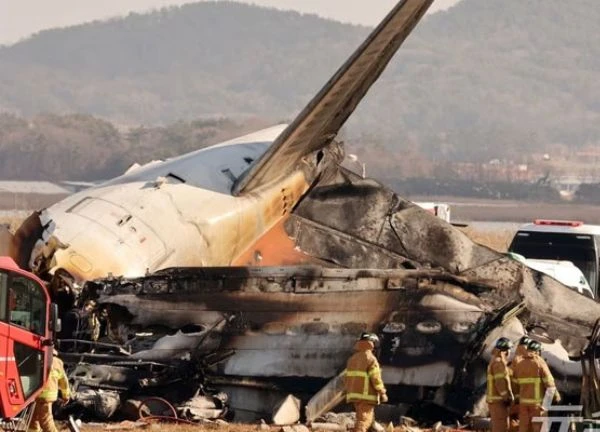
3 | 1 Discuss | Share
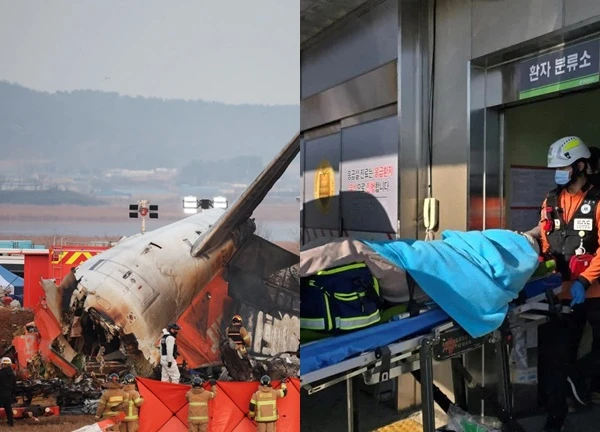
2 | 0 Discuss | Share
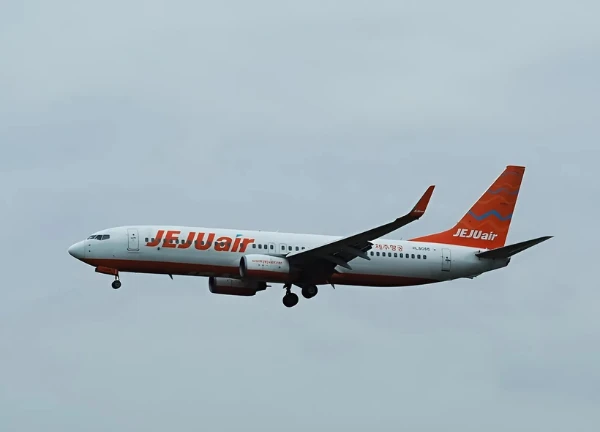
1 | 0 Discuss | Share
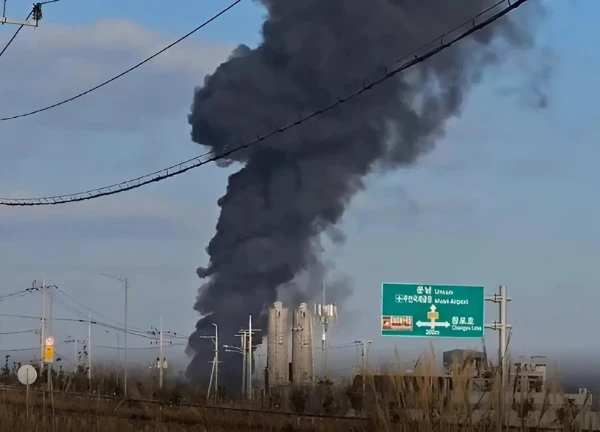
2 | 0 Discuss | Share

1 | 0 Discuss | Share

4 | 0 Discuss | Share

3 | 0 Discuss | Share



1 | 0 Discuss | Report